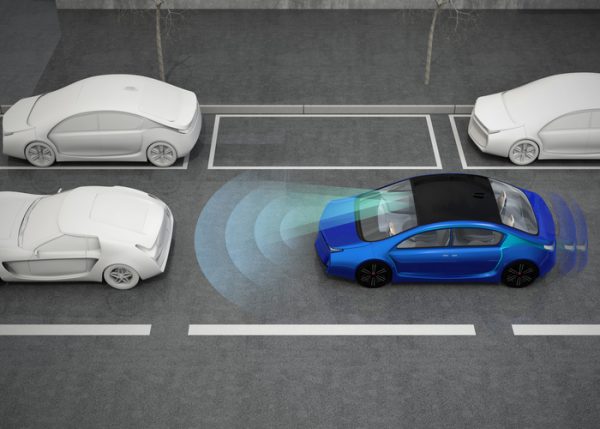Is it dangerous to solely rely on vehicle safety technology? Research says yes.

It's a fascinating, yet frightening, concept: features that can control how our cars respond to crash risks. They're dubbed advanced drivers assistance systems (ADAS) and now come standard on many new cars.
ADAS systems use various sensors, radar, and cameras to identify crash risks and alert drivers. They may also take over car functions, like braking and steering. The onboard computers are said to be capable of responding quicker than the average human driver.
Data from the Insurance Institute for Highway Safety says that cars equipped with ADAS systems have 50 percent fewer front-to-rear collisions than those without it.
“You shouldn’t just want these safety systems in the car you’re driving, but also in the cars of other drivers out on the road,” said Jake Fisher, senior director of auto testing for Consumer Reports. “After all, it is these advanced safety systems that could very well keep you from getting hit by another driver who isn’t paying proper attention.”
What is automatic emergency braking?
One feature that has recently gained a lot of scrutiny is automatic emergency braking (AEB). According to Consumer Reports, the most common AEB variations include:
- Standard AEB. Uses sensors to automatically apply brakes, either to avoid a crash or to lessen the severity of an unavoidable crash
- Forward AEB. Designed to prevent forward collisions or reduce forward impact force in a crash
- Rear AEB. Designed to prevent collisions or reduce impact when a car is traveling in reverse
- AEB with pedestrian detection. Sensors identify pedestrians and bicyclists in the road and automatically apply the brakes
- City speed AEB. May prevent collisions by regulating speed on city streets and roads
- Highway speed AEB. May prevent collisions at highway speeds
In a survey conducted by Consumer Reports, approximately 54 percent of respondents reported that AEB helped them avoid a crash. Sixty-one percent said that they trust AEB to work every time.
Can we rely on AEB, ADAS systems to save lives every time?
According to a recent AAA study, the answer is "no." The AAA Foundation for Traffic Safety ran several tests on AEB with pedestrian detection using simulated pedestrians. The feature was found to be ineffective at detecting pedestrians in the road and applying the brakes at speeds of 30 mph and higher. This was also the case when making right turns.
The feature was found to be effective only some of the time when detecting:
- Adult pedestrians crossing the road
- Child pedestrians darting out from between two parked cars
- Adult pedestrians walking alongside the road
The 2018 self-driving Uber crash that took the life of an Arizona pedestrian is a prime example of how much we can rely on this technology. According to a federal investigation, the pedestrian was detected, but the sensors failed to classify her as a pedestrian. Furthermore, the driver — who was distracted at the time of the crash — was alerted 0.2 seconds before the crash.
“These advanced technologies can offset some of the risks of distracted driving, but they aren’t meant to be a replacement for being fully engaged in the driving experience,” Fisher said. “And being more attentive behind the wheel is something that every driver can—and should—apply every time they head out on the road, regardless of their age or experience level."
Car accident victims turn to us
Until these systems are further developed and tested, we may not fully understand their capabilities and limitations. For now, ADAS systems should only serve as a backup, not a substitute for negligent driving.
If you were injured in a crash with a driver who was inattentive, it's critical that you seek legal representation. The car accident lawyers at the Recht Law Offices are dedicated to serving injured motorists throughout West Virginia, Ohio, and Pennsylvania. To find out how we can help you build a sold claim and maximize your compensation, fill out our contact form online.
